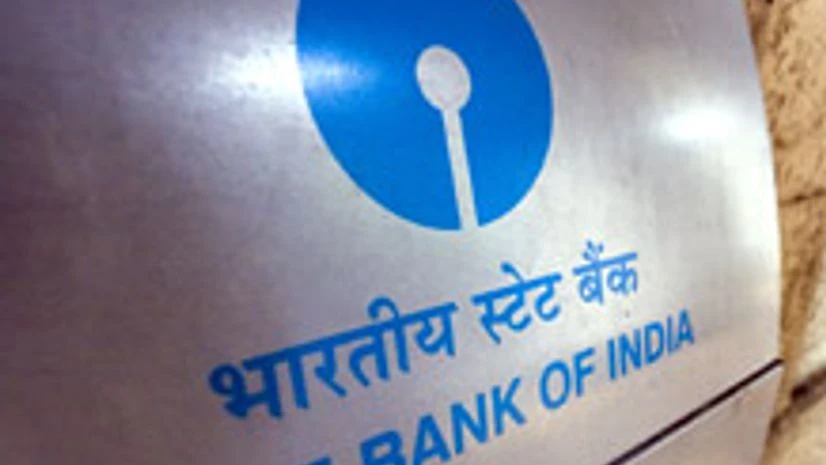State Bank of India, the country’s largest lender, is going for a “reality check” under its new chairman. It will rope in advisors to assess the current level of customer satisfaction across channels (600 branches and 300 ATMs), products and processes, using the feedback for finalising the business strategy for 2014-15.
Its chairman, Arundhati Bhattacharya, told Business Standard customer surveys have hitherto been done for specific segments such as branches and internet banking. Such efforts, though useful, have limited value. The focus now is on customer experience and to change the way the bank delivers services. SBI intends to make the exercise (survey) wider, cutting across channels, processes and products (deposits and loans, credit cards, etc)
“It (the study) will tell us reality on the ground. The entire exercise is expected to take three to six months and provide inputs to craft the business strategy for 2014-15,” she said.
Also Read
| AMBIT OF CUSTOMER SERVICE REVIEW |
|
SBI wants to assess the current level of customer satisfaction and subsequently enhance the customer experience. The diagnostic exercise would be across all 14 circles of SBI, in all states, with a mix of places — metro, urban, semi-urban and rural areas.
The exercise will cover about 600 branches across India and about 300 ATMs including 100 offsite ones. The bank had 15,143 branches at end-September.
There will be a mix of complaint-prone and complaint-free branches, and ATMs with low and high hits. An average of 50 customers per branch will be covered under the study, an official said. An executive said there’d be an element of anonymity in the exercise, to get the true perceptions.
The agency would also do ‘mystery shopping’ at identified branches — essentially someone who poses as a real customer for a store or restaurant and secretly evaluates the business. The two or three closest competitor bank branches and their ATMs will be covered, too, by the mystery shopping. About 20-30 customers exiting from each of the identified ATMs would be selected.
Three to 15 employees from each of the identified branches will be interviewed, to assess knowledge gaps and other issues having impact on customer service.

)
